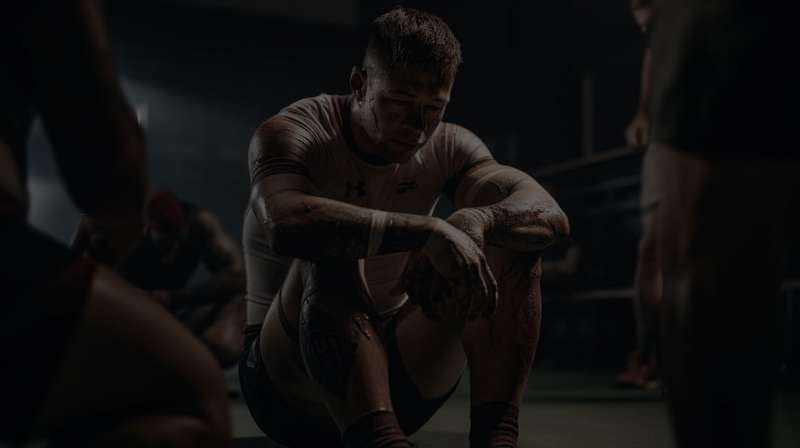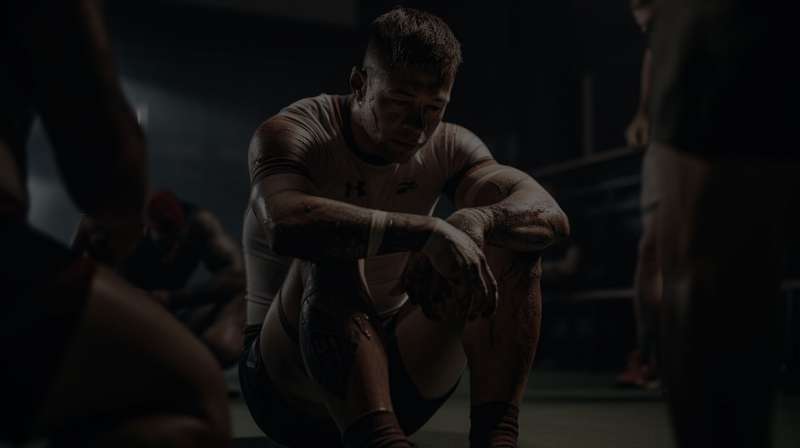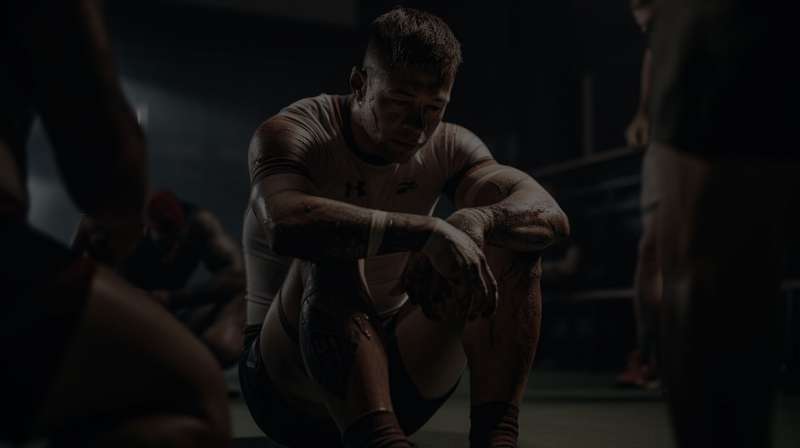Helping an injured diver means more than just removing the person from the water. Once they are on the boat or shore, it is important to provide the diver with the appropriate primary care (CPR) and secondary care (first aid). Appropriate care depends on the divers' injury, however emergency care for scuba diving maladies always includes providing oxygen. Typical maladies may include near drowning, decompression sickness and lung overexpansion injury.
Near Drowning
A drowning victim is someone who suffocates underwater and cannot be revived. A near drowning incident is a person who has been revived following asphyxiation underwater. Near drowning victims may display these typical signs and symptoms;
- Coughing
- Shortness of breath
- Rapid breathing
- Cyanosis of the lips (blueness)
- Convulsions
- Unconsciousness
- Vomiting
- Cessation of breathing or cardiac arrest
Regardless of the length of submersion, immediately begin emergency first aid.
Medical evaluation after near drowning is important because water may have entered the diver's lungs. The water causes slow damage that if left untreated, can eventually cause the lungs to fill with fluid and lose their ability to obtain oxygen. This condition is called Secondary Drowning and is potentially fatal. Therefore, a near drowning victim should always be examined by a medical professional, even if the patient appears completely recovered.
Lung Overexpansion Injuries
Overexpansion lung injuries usually result from breath-holding during an ascent while on scuba. They can also occur during an ascent when a physiological condition traps air in a section of the lung. The most common cause of a breath-hold injury is a panicked bolt to the surface as a result of running out of air. Lung expansion injuries can result in four distinct injuries independently or together.
- Air Embolism
- Pneumothorax
- Mediastinal Emphysema
- Subcutaneous Emphysema
Air embolism is the most serious of these injuries and occurs when expanding air forces through the walls of the lungs into the circulatory system. Bubbles go to the heart and then on to the body, with the most serious injuries blocking blood flow to the brain. Signs and symptoms are usually sudden and rapid and include 'stroke-like' symptoms which may include;
- Coughing
- Sudden unconsciousness
- Paralysis (usually one side of the body)
- Blurred vision
- Dizziness
- Bloody froth from the mouth
- Personality changes
- Cardiac arrest
- Death




Share on social media